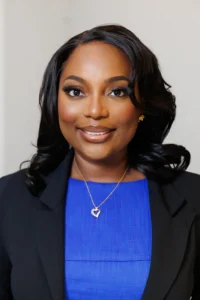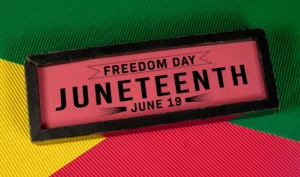Kwanzaa gathering in Palm Bay brings inspiration, unity
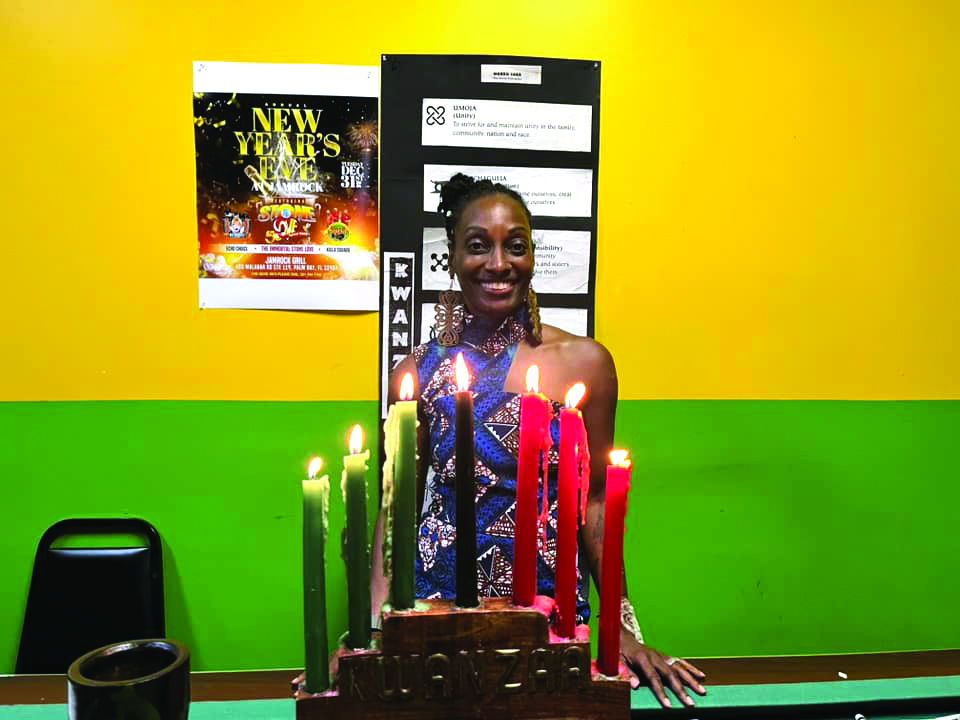
By Bernard S
The rhythmic beating of drums and scenes of traditional West African and Caribbean dances could be heard emanating from Jamrock Grill restaurant in Palm Bay. Just inside the doors, vibrant splashes of red and green along with patterns and food inspired by the African motherland greeted over 150 people from across the state as the highly-anticipated 13th Annual Kwanzaa Celebration got underway.
“I could write a book about how I feel about Kwanzaa,” said Dallas Clark, of the Nguzo Saba Collective, the volunteer organization based in Palm Bay which sponsored the event held in December. “I’m doing it to pass on the cultural tradition for everyone,” said Clark, who performed tribal dances that originated in Senegal and Guinea.
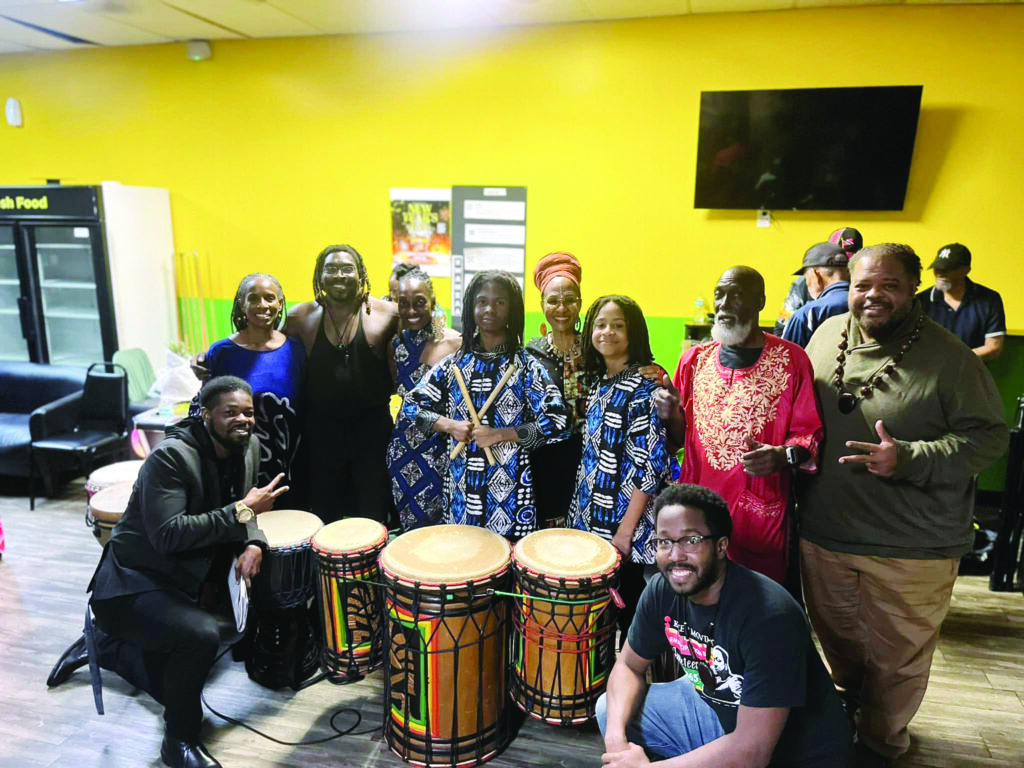
Clark and Margeurita Gayle-Major, the MC for the event, gathered attendees in a circle and held hands. Clark and Gayle-Major led the people in a call and response chant, shouting “Harambee,” which is also a Swahili word, meaning “coming together.”
“That shows unity, which is the first principle of Kwanzaa,” said Clark, of Palm Bay. “Celebrating Kwanzaa is a way to encourage pride in our community and pass down shared values. The seven principles are important to the Black community. Kwanzaa is not just entertainment, but also education. It’s not religious or political. Kwanzaa is a way of life.”
The formation was one of several moments attendees described as “inspirational” during the cultural celebration held on Dec. 26 at Jamrock Grill. The Caribbean restaurant – known for its flavorful entrees – is located at 160 Malabar Road in Palm Bay.
The theme for the event was “Ubuntu,” which means “humanity to others.” Ubuntu is a word that originated from the Zulu and Xhosa languages in South Africa.
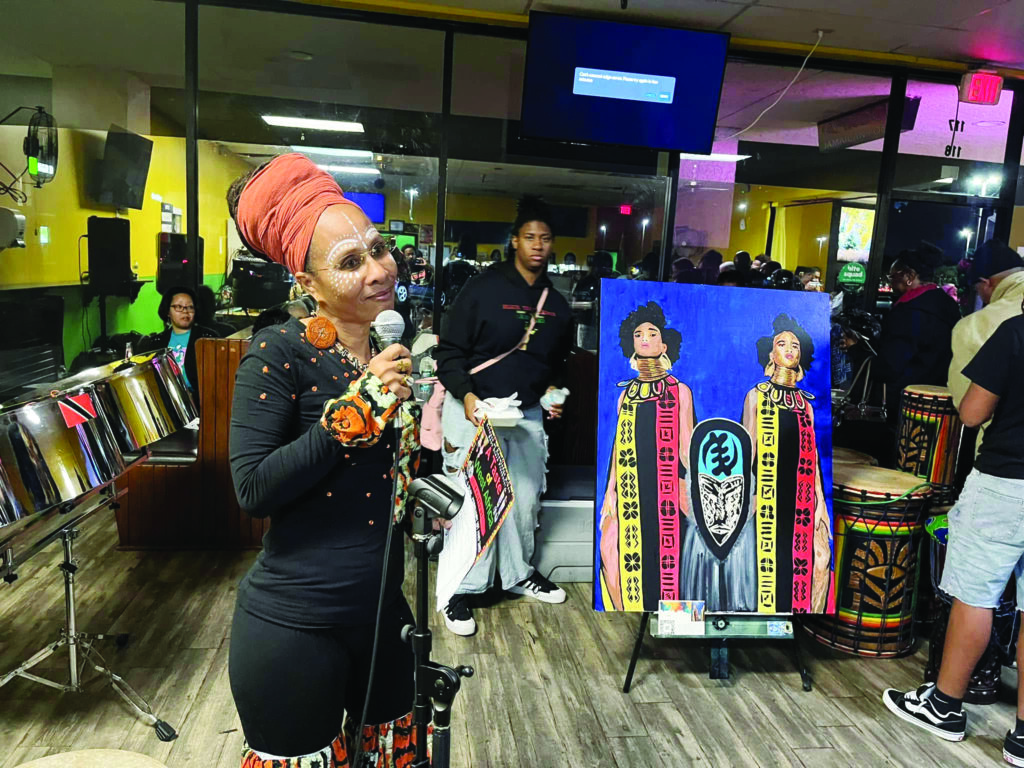
Attendees also sang the Black National Anthem “Lift Every Voice” and recited the African Pledge. Performing artists, painters, authors, entrepreneurs, dignitaries, vendors and other attendees took in the cultural experience.
Gayle-Major said Kwanzaa should be celebrated 365 days a year and not just seven days.
“Once you learn your culture, it brings depth to who you are as a person,” said Gayle-Major, of Palm Bay, who is a background dance choreographer specializing in cultural dances including African, Caribbean and Carnival. “It encourages self-awareness and empowers you.”
National motivational speaker and multi-award-winning engineer Keyshawn Phelps, author of “The Mindset Shifter,” spoke about the importance of unity.
“This was my first Kwanzaa event. I’ve been learning a lot,” said Phelps, of Palm Bay, who gave out 10 copies of his books. “You get to see a diverse group of people come together to fellowship and enjoy each other’s company. For me, that’s amazing…people from different backgrounds coming together to celebrate each other.”
The Kwanzaa gathering in Palm Bay – the largest on the Space Coast – is organized by the Nguzo Saba Collective, a local group of community leaders. Nguzo Saba is a Swahili phrase that means “seven principles,” which are a celebrated staple of the African-American holiday first celebrated in 1966.
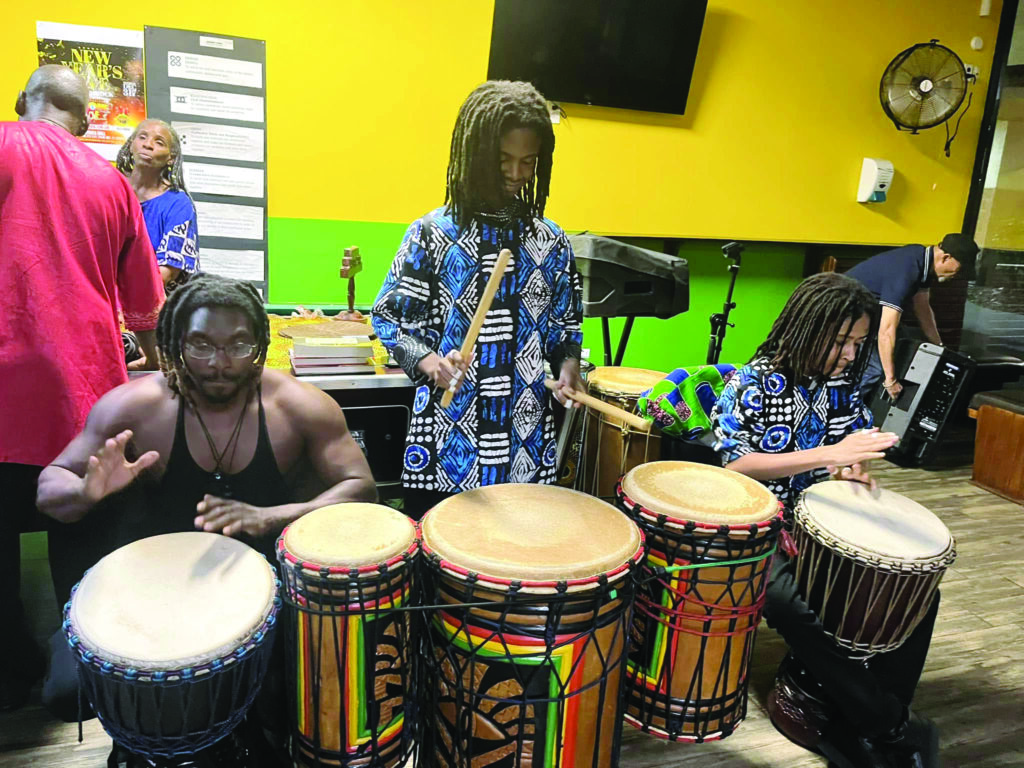
The principles are unity (Umoja), self-determination (Kujichagulia), collective work and responsibility (Ujima), cooperative economics (Ujamaa), purpose (Nia), creativity (Kuumba) and faith (Imani).
The seven-day holiday lasts from Dec. 26 to Jan. 1. The days, along with candles placed in a kinara, both represent the seven principles.
Celebrants traditionally light one candle per day. The candle colors are red, black and green – with black representing people in the African diaspora, red symbolizing their struggle and green depicting their future.
Co-organizer Alberta Clinkscales lit the candles while explaining the meaning of the principles. Clinkscales also taught the audience about the symbols of Kwanzaa.
The symbols include the mat (Mkeka), which represents the foundation of African tradition and history; crops (Mazao) which represent African harvest celebrations; the candle holder (Kinara) which represent the roots of continental Africans; the seven candles (Mishumaa Saba) which represent the seven principles; the corn (Muhindi) which symbolize African children and the future; the unity cup (Kikombe cha Umoja) which represents the foundational principle and practice of unity; and the gifts (Zawadi) which symbolize the labor and love of parents along with commitments made and kept by the children.
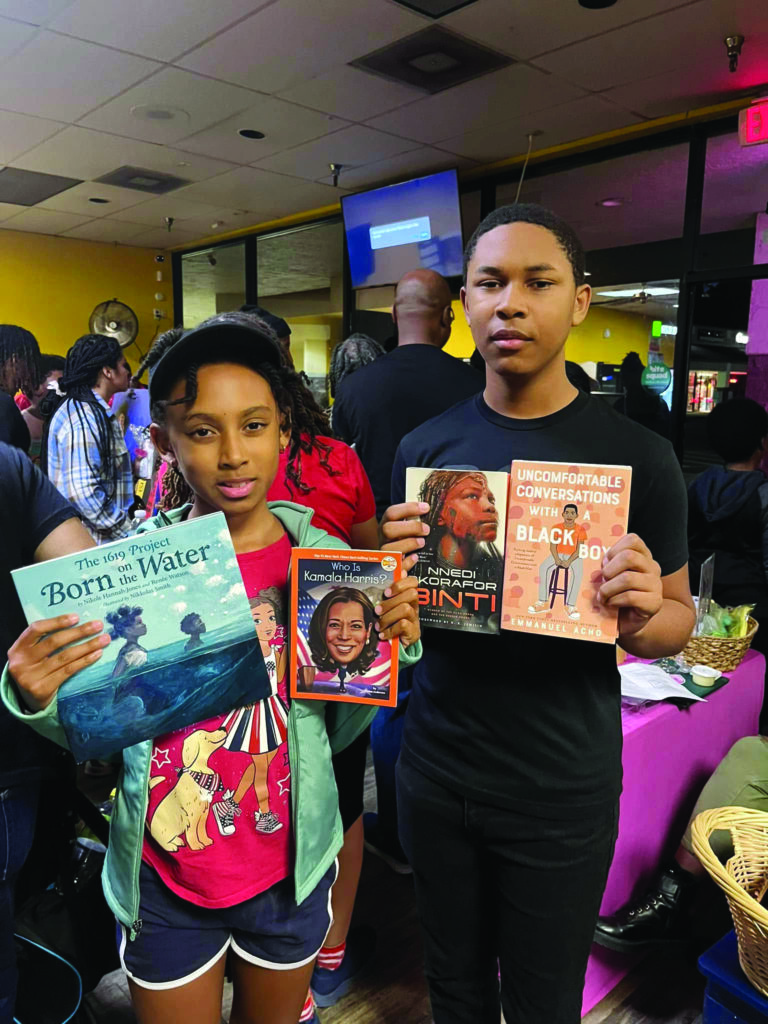
Organizers said hosting the holiday event in southern Brevard County was a no-brainer.
“It was decided we would take the ceremony to Palm Bay because south Brevard has a larger Black population,” said co-organizer J.D. Gallop, a veteran journalist with Florida Today and co-founder of The Little Black Book Drive, a group of journalists and others who collect reading materials for Brevard youth. “We wanted to bring it to Palm Bay to reinvigorate the idea about serving our community. But the doors are open to everyone.”
The Kwanzaa event in Palm Bay is an example of living out the principles, Gallop said. Attendees assembled in Jamrock to enjoy the festivities along with a vegetarian version of meals including greens, baked yams, peas and rice, along with other traditional African dishes.
“We operated in the principle of cooperative economics. We chose Jamrock because we looked at who they served,” said Gallop, of Palm Bay. “By doing so, we serve businesses that are from our community and who serve our community. That’s cooperative economics. People also purchased food and items from vendors.”
Co-organizer Earl Simmons, of Palm Bay, performed the libation, where he poured water into a plant. The libation symbolizes that humans have a connection to the earth and represents those who came before us.
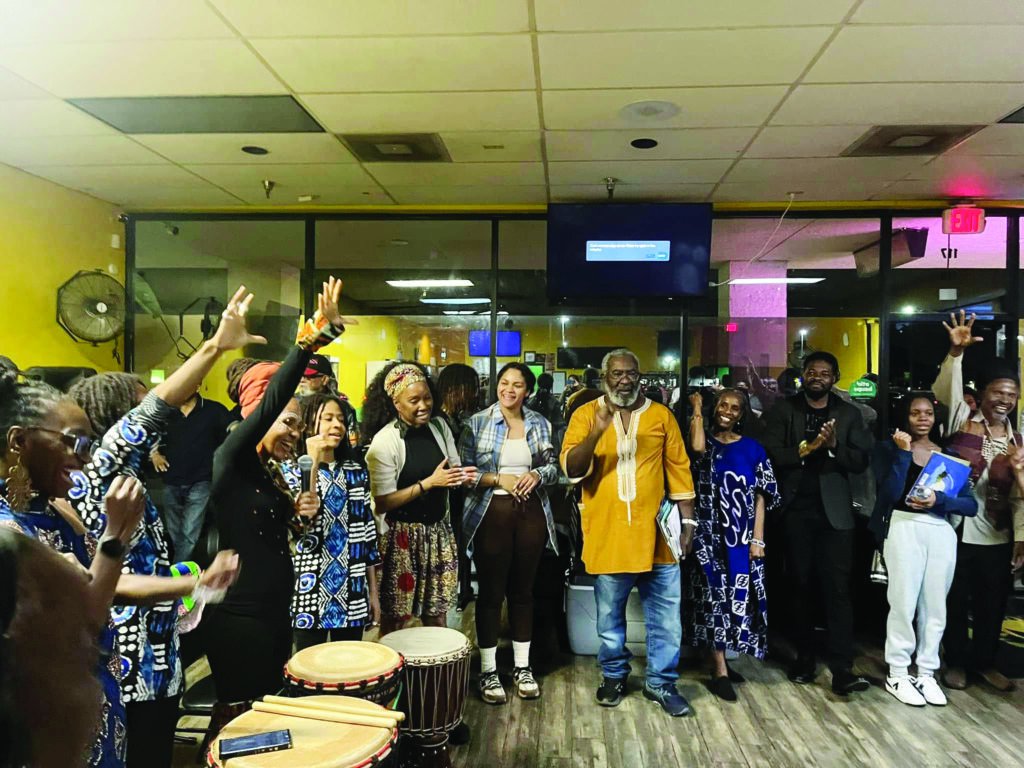
Simmons said participating in the Kwanzaa events allow him to tell the history of his ancestors that he didn’t get to learn in school. Simmons has co-organized the event in Brevard since its inception. While previously living in Beaufort, South Carolina, Simmons said he helped to organize Kwanzaa events there for 10 years.
“It gives me a sense of being in the human family,” Simmons said. “We are all separated in different cultural groups, but together we are one.”


